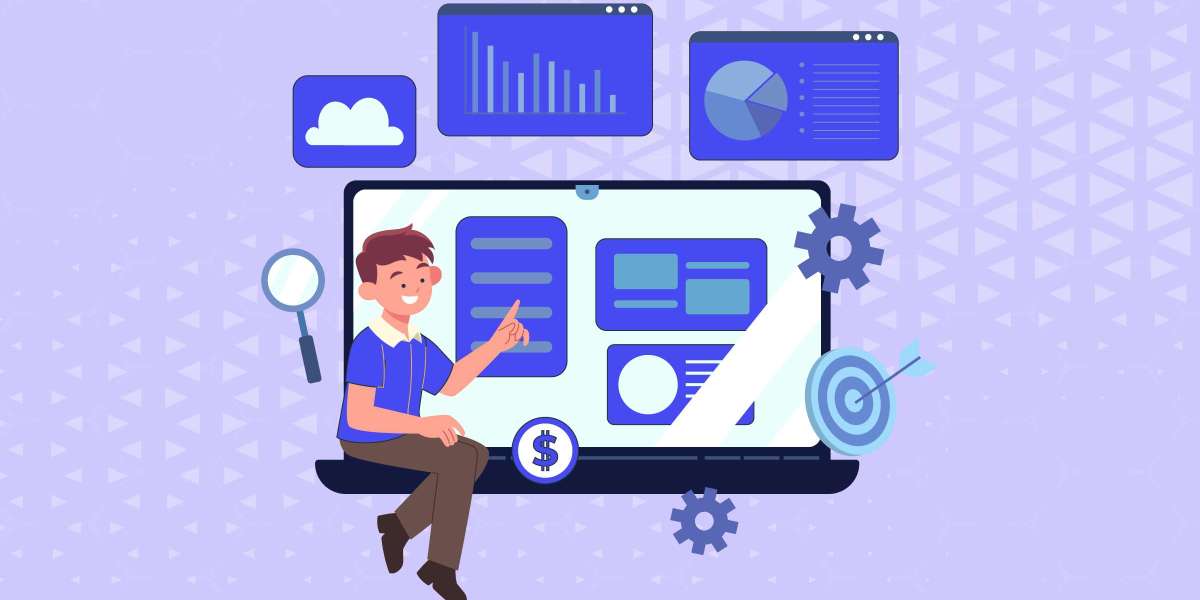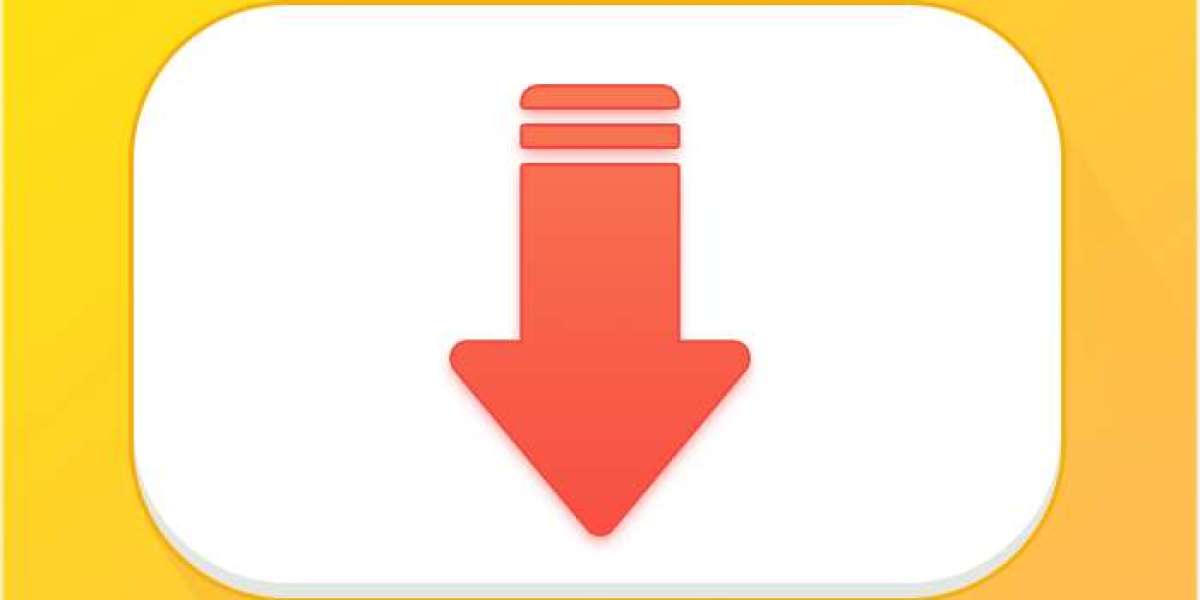How Does Remote Patient Monitoring Improve Chronic Disease Management?
Remote patient monitoring (RPM) has become a crucial tool in managing chronic diseases such as diabetes, hypertension, and heart conditions. By continuously tracking patients' vital signs and health data in real-time, RPM systems allow healthcare providers to monitor patients' conditions from afar, reducing the need for frequent in-person visits. This constant monitoring helps in early detection of potential issues, leading to timely interventions that can prevent complications and hospitalizations.
Top Innovations:
- Koninklijke Philips N.V. has developed comprehensive RPM platforms that integrate with their advanced health monitoring devices, enabling seamless tracking of chronic conditions and personalized care.
- Medtronic plc offers remote monitoring solutions that specifically cater to patients with diabetes, utilizing continuous glucose monitors (CGMs) that transmit data directly to healthcare providers.
How Do Wearable Devices Support Remote Patient Monitoring?
Wearable devices, such as smartwatches and fitness trackers, have revolutionized remote patient monitoring by providing patients and healthcare providers with easy access to critical health data. These devices can monitor vital signs like heart rate, blood pressure, and oxygen levels, transmitting this information in real-time to healthcare providers. This continuous data stream enables more accurate and timely health assessments, which are particularly valuable for managing chronic conditions.
Top Innovations:
- GE Healthcare and OMRON Healthcare are at the forefront of developing wearable technology that integrates with RPM systems, offering highly accurate monitoring and user-friendly interfaces.
- Siemens Healthineers AG has introduced wearable devices that are specifically designed for patients with cardiovascular diseases, enabling continuous monitoring of heart activity.
How Secure Is Patient Data in Remote Monitoring Systems?
Data security is a critical concern in remote patient monitoring systems, especially given the sensitive nature of health data. Ensuring the confidentiality, integrity, and availability of patient data is paramount, and healthcare providers must adhere to strict regulatory standards such as HIPAA in the United States and GDPR in Europe. Advanced encryption methods, secure data transmission protocols, and robust authentication processes are some of the technologies employed to protect patient data.
Top Innovations:
- Cerner Corporation and OSI Systems, Inc. have developed cutting-edge data security solutions that are integrated into their RPM systems, ensuring compliance with global standards and safeguarding patient information against cyber threats.
- Nihon Kohden Corporation utilizes advanced encryption and blockchain technology to enhance the security of their remote monitoring platforms.
How Does Remote Patient Monitoring Integrate with Telehealth Services?
The integration of remote patient monitoring with telehealth services offers a comprehensive approach to patient care, enabling continuous health monitoring alongside virtual consultations. This combination allows healthcare providers to make more informed decisions based on real-time data and deliver personalized care remotely. Patients benefit from the convenience of receiving medical care without needing to visit a healthcare facility, which is particularly beneficial for those with limited mobility or living in remote areas.
Top Innovations:
- Boston Scientific Corporation and Abbott Laboratories are leading the way in combining RPM with telehealth, offering platforms that allow for seamless integration and data sharing between patients and healthcare providers.
- Philips has developed a telehealth ecosystem that integrates RPM, enabling real-time data sharing and video consultations, improving patient outcomes and reducing healthcare costs.
Remote patient monitoring is transforming healthcare by improving chronic disease management, leveraging wearable devices for continuous monitoring, ensuring data security, and integrating seamlessly with telehealth services. Industry leaders like Koninklijke Philips N.V., Medtronic plc, GE Healthcare, Cerner Corporation, Siemens Healthineers AG, OMRON Healthcare, Boston Scientific Corporation, Abbott Laboratories, Nihon Kohden Corporation, OSI Systems, Inc., and Philips continue to innovate in this space, providing advanced technologies that enhance patient care, improve outcomes, and reduce healthcare costs. As the field continues to evolve, these innovations will play a crucial role in shaping the future of healthcare.
For more information visit at MarketResearchFuture
Other Trending Reports



